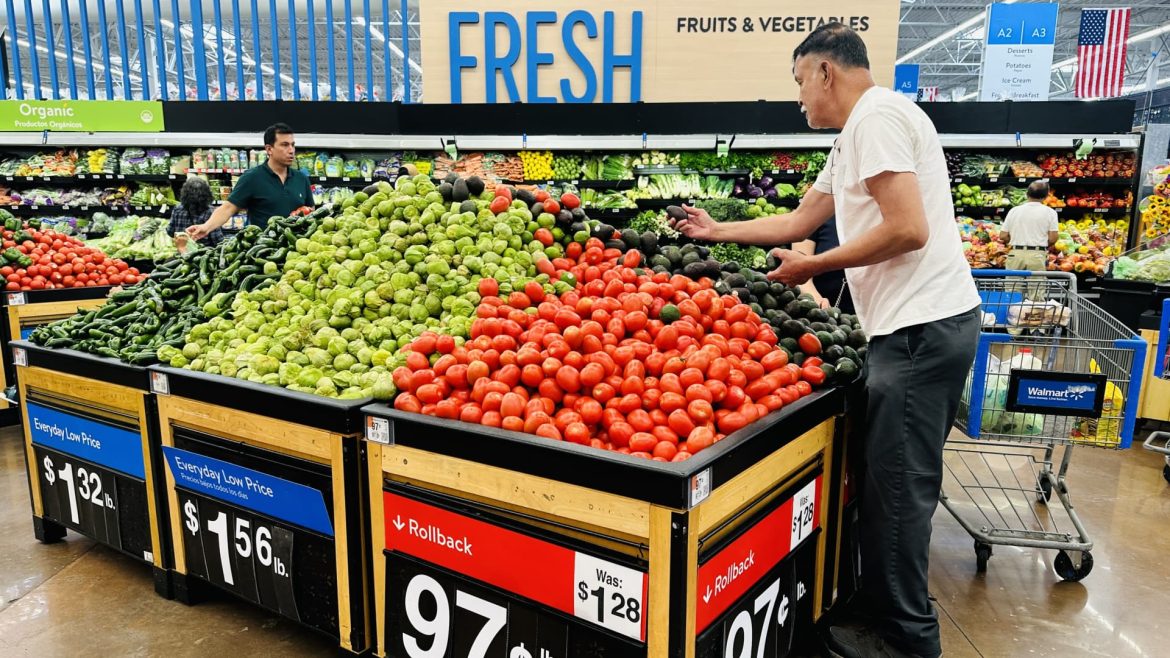Walmart’s Impending Price Hikes Amid Tariff Pressures: A Comprehensive Analysis
The world’s largest retailer, Walmart, has issued a rare and significant warning to consumers: prices are poised to rise imminently due to the impact of tariffs implemented under former U.S. President Donald Trump’s trade policies. This statement marks a noteworthy development, as Walmart has historically prioritized maintaining low prices—a core element of its business model—in the face of economic challenges. Analyzing this shift provides critical insights into how trade policy, corporate strategy, and consumer behavior intertwine in the evolving American retail landscape.
—
The Tariff Context: Causes and Consequences
Walmart’s executives have explicitly linked the need for price increases to the rising costs induced by tariffs on imported goods, particularly those originating from China but also affecting products from countries like Costa Rica, Peru, and Colombia. These tariffs, introduced as part of a broader trade war aimed at protecting domestic industries and addressing trade imbalances, have resulted in heightened import taxes that directly increase the costs of merchandise procured globally.
Despite the implementation of some reduced tariffs or ‘softer’ versions, Walmart stresses that even these lower tariffs remain sufficiently burdensome that the retailer cannot fully absorb the increased costs. As Chief Financial Officer John David Rainey put it, the magnitude of these cost inflations exceeds “any retailer’s” capacity to shoulder without passing these on to consumers.
—
Which Products Will See Price Adjustments?
Walmart’s announcements indicate the price hikes will not be uniform across all categories but will target specific items most affected by tariffs. Bananas, roses, toys, electronics, avocados, and car seats are among products called out explicitly. These items either rely heavily on imports or include materials sourced from countries targeted by tariff policies.
Moreover, even items traditionally sourced domestically are not immune due to the intricate global supply chains involved in retail. For example, electronics assembled or containing components imported from China will experience cost uplifts. Wal-Mart’s statements suggest that price increases on these specific goods could materialize as soon as late May or early summer.
—
Economic Implications for Walmart and Consumers
Walmart’s warning of price hikes has multiple economic ramifications:
—
Walmart’s Strategic Position and Response
Walmart has historically mitigated cost pressures through multiple strategies, including:
– Local Sourcing: Approximately two-thirds of Walmart’s merchandise is sourced domestically, providing a buffer against import tariff impacts.
– Hedging: The company reportedly engaged in financial and supply chain hedges to offset some tariff effects, though these have limits, as the current pressures exceed their absorption capacity.
– Diversification of Business Lines: Walmart is increasingly leveraging services like Walmart+, a membership program driving foot traffic and online sales, potentially offsetting margin losses in certain product categories.
Despite these efforts, the scale and persistence of tariffs have forced a pragmatic reevaluation of pricing policies. Walmart’s leadership acknowledges the challenge explicitly, marking a departure from its historic positioning of shielding customers from inflationary pressures.
—
Consumer Outlook and Market Dynamics
For shoppers, the practical takeaway is an imminent adjustment in the price landscape within Walmart stores, with key everyday goods becoming more costly. The timing—prices beginning to rise possibly as soon as late May—reflects a rapid transmission of tariff-induced cost pressures to retail shelves.
From a market perspective, consumers may begin to:
– Reassess Spending: Tightened budgets could prompt shifts toward lower-cost alternatives or reduced discretionary purchases.
– Seek Alternative Retail Channels: Competitors and e-commerce platforms not as heavily affected by tariffs or better able to absorb costs may gain relative attractiveness.
– Monitor Inflation Trends: These retail price hikes contribute to broader inflationary trends, influencing behaviors in saving, borrowing, and consumption.
—
Conclusion: The Tariff-Driven Transformation of Retail Pricing
Walmart’s impending price increases spotlight a key consequence of trade policy decisions cascading through the economy to everyday Americans. While tariffs aim to protect domestic interests, they concurrently create complex cost pressures that key players like Walmart can no longer fully absorb. The announcement signals not only a shift in Walmart’s pricing approach but also portends wider inflationary patterns in retail.
This evolution underscores a fundamental tension between political economic strategies and market realities. As Walmart’s experience shows, even the most price-conscious giants must adapt when global trade dynamics alter cost structures. For consumers and the retail sector alike, this juncture marks a period of adjustment—where tariffs, corporate strategy, and consumer behavior converge to redefine the contours of pricing and value in American shopping baskets.


